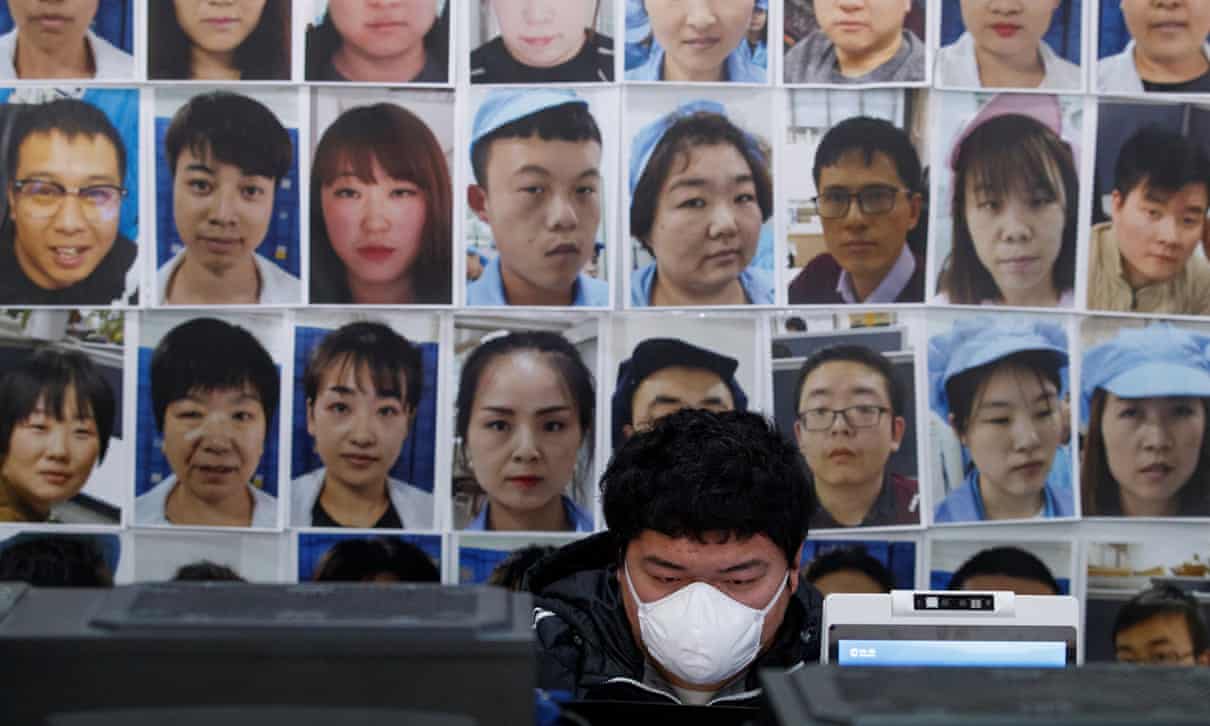
So IBM has seen the light on facial recognition technology.
On Monday, in a dramatic and surprisingly passionate statement (at least for the CEO of a major tech company), Arvind Krishna called on the US Congress to enact reforms to advance racial justice and combat systemic racism, while announcing that his company was getting out of the facial recognition business.In his letter, Mr Krishna said that "IBM no longer offers general-purpose IBM facial recognition or analysis software" and "firmly opposes and will not condone uses of any technology, including facial recognition technology offered by other vendors, for mass surveillance, racial profiling, violations of basic human rights and freedoms, or any purpose which is not consistent with our values and principles of trust and transparency. We believe now is the time to begin a national dialogue on whether and how facial recognition technology should be employed by domestic law enforcement agencies."Amen to that. No sooner had the letter been released than cynics and sceptics were poring over it for the get-out clause. IBM was never a big player in the facial recognition game, said some, and so it's no sacrifice to exit it: to them, Krishna's letter was just "virtue- signalling". Yet two days later Amazon heard the signal and announced a one-year suspension of police force use of its Rekognition facial recognition software – they say they'd like Congress to pass stronger regulation around it.The IBM announcement and now Amazon's are a big deal. Just ponder their significance for a moment: two major tech companies have declared that a technology that its industry (and governments of all stripes, everywhere) regards as the biggest thing since, well, internet search, is toxic. This is still news to the evangelists of machine learning, and maybe also to many police authorities and government ministers, but it will come as no surprise to regular readers of this column. I wrote about it just over a year ago, for example, citing a startling essay by Luke Stark, a Microsoft researcher, who called facial recognition "the plutonium of AI". The technology, he said, was "dangerous, racialising, and has few legitimate uses; facial recognition needs regulation and control on par with nuclear waste".To date, that warning (often echoed by other concerned experts) has fallen on deaf ears. Or, more accurately, on ears that do not want to hear it. For them, there's too much revenue in this to entertain doubts about societal damage. The commercial and governmental worlds have been salivating at the potential of facial recognition technology. Shops want to be able to identify customers in real time as they come through the door. Firms want it to make sure that only authorised personnel enter offices. Universities and schools want it to track student attendance at classes. Police forces want it to increase the effectiveness of stop-and-search operations. And on top of everything else, there's the geopolitical angle: China is using the technology everywhere and the preservation of US hegemony depends on us getting on top of it before Chinese tech sweeps the world market. It's Huawei on steroids, in other words.From the outset, it was obvious that digital technology enabled surveillance of astonishing comprehensiveness. If anyone doubted that, then Edward Snowden removed all grounds for doubt in 2013. But real-time facial recognition is the most toxic manifestation to date of the technology's dystopian potential, because it finally closes the loop. For if surveillance is to be really effective, it must enable tangible (re)action.It's not just enough for people to fear that they are perpetually being watched, in other words; it's when the watchers have the capability for automated instant reaction that the penny drops for the watched. This capability is already being deployed in China. Cameras scan pedestrian crossings and roadways looking for jaywalkers. When transgressors are spotted, they are instantly identified by name and their images are displayed on large screens in the street. From there it's a small step to also make a deduction from their "social credit" scores or issue a fine.As I write this, I can hear the standard response of tech evangelists to criticism: technology is neither good not bad – it all depends on how it's used. And that's at least an arguable proposition. What makes facial recognition interesting, though, is that it may be an exception to that rule, a technology that is so toxic that it should be generally illegal and only deployed in tightly controlled circumstances. In that sense, it should be treated like we treat plutonium. And just as the National Institute for Health and Care Excellence decides which medicines and techniques should be available in the NHS, our societies now need an equivalent body to decide whether technologies such as facial recognition should be deployed and under what circumstances. And sometimes, such a body will just have to say "no".What I've been readingThe Gospel of PeterTara Isabella Burton has written an interesting profile of Silicon Valley's leading contrarian, PayPal co-founder Peter Thiel.Radical thoughts on parentingThere's a fascinating conversation on The Correspondent site with Alison Gopnik, the psychologist whose work on how children learn is profound.Eternal Zoom doomBenedict Evans has written a truly insightful essay on his blog about why technology can't mimic face-to-face events.

0 comments:
Post a Comment